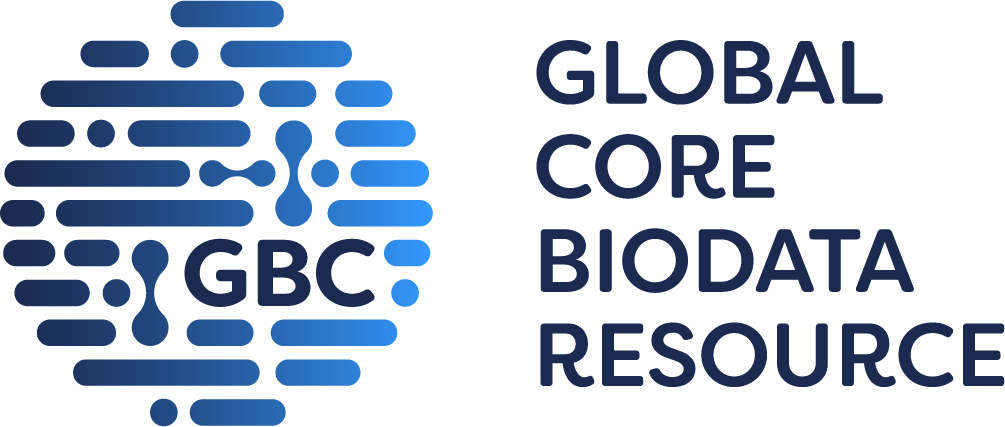
GtoPdb is requesting financial support from commercial users. Please see our sustainability page for more information.
Nucleoside synthesis and metabolism C
Unless otherwise stated all data on this page refer to the human proteins. Gene information is provided for human (Hs), mouse (Mm) and rat (Rn).
Overview
The de novo synthesis and salvage of nucleosides have been targetted for therapeutic advantage in the treatment of particular cancers and gout. Dihydrofolate reductase produces tetrahydrofolate, a cofactor required for synthesis of purines, pyrimidines and amino acids. GART allows formylation of phosphoribosylglycinamide, an early step in purine biosynthesis. Dihydroorotate dehydrogenase produces orotate, a key intermediate in pyrimidine synthesis. IMP dehydrogenase generates xanthosine monophosphate, an intermediate in GTP synthesis.
Enzymes
|
DHFR (dihydrofolate reductase)
C
Show summary »
More detailed page |
|
DHODH (dihydroorotate dehydrogenase (quinone))
C
Show summary »
More detailed page |
|
IMPDH1 (inosine monophosphate dehydrogenase 1)
C
Show summary »
More detailed page |
|
IMPDH2 (inosine monophosphate dehydrogenase 2)
C
Show summary »
More detailed page |
|
GART (phosphoribosylglycinamide formyltransferase, phosphoribosylglycinamide synthetase, phosphoribosylaminoimidazole synthetase)
C
Show summary »
More detailed page |
|
PNP (purine nucleoside phosphorylase)
C
Show summary »
More detailed page |
|
ribonucleotide reductase M1 (ribonucleotide reductase catalytic subunit M1)
C
Show summary »
More detailed page |
|
ribonucleotide reductase M2 (ribonucleotide reductase regulatory subunit M2)
C
Show summary »
More detailed page |
|
ribonucleotide reductase M2B (TP53 inducible) (ribonucleotide reductase regulatory TP53 inducible subunit M2B)
C
Show summary »
More detailed page |
|
SAM and HD domain containing deoxynucleoside triphosphate triphosphohydrolase 1 Show summary » |
|
TYMS (thymidylate synthetase)
C
Show summary »
More detailed page |
|
XDH (xanthine dehydrogenase)
C
Show summary »
More detailed page |
Comments
Further reading
How to cite this family page
Database page citation:
Nucleoside synthesis and metabolism. Accessed on 14/12/2025. IUPHAR/BPS Guide to PHARMACOLOGY, http://www.guidetopharmacology.org/GRAC/FamilyDisplayForward?familyId=920.
Concise Guide to PHARMACOLOGY citation:
Alexander SPH, Fabbro D, Kelly E, Mathie AA, Peters JA, Veale EL, Armstrong JF, Faccenda E, Harding SD, Davies JA et al. (2023) The Concise Guide to PHARMACOLOGY 2023/24: Enzymes. Br J Pharmacol. 180 Suppl 2:S289-373.









TYMS allows the interconversion of dUMP and dTMP, thereby acting as a crucial step in DNA synthesis. PNP allows separation of a nucleoside into the nucleobase and ribose phosphate for nucleotide salvage. XDH generates urate in the purine degradation pathway. Post-translational modifications of XDH convert the enzymatic reaction to a xanthine oxidase, allowing the interconversion of hypoxanthine and xanthine, with the production (or consumption) of reactive oxygen species.